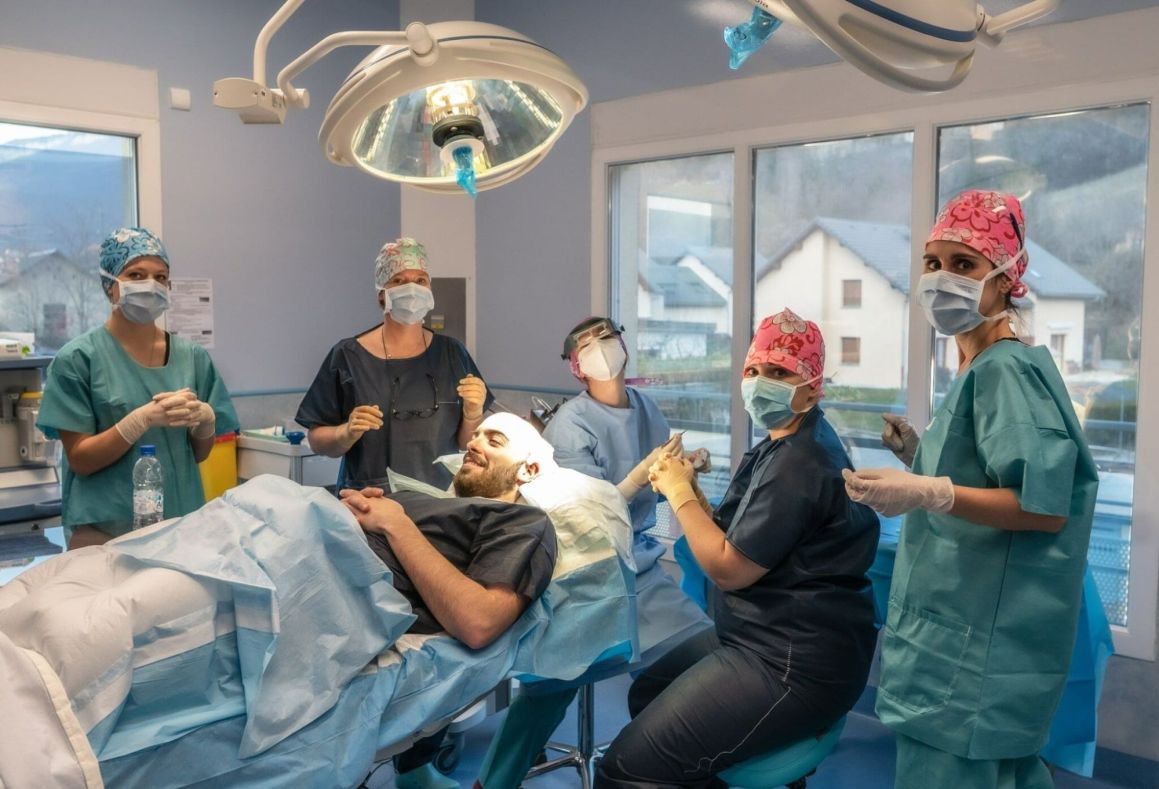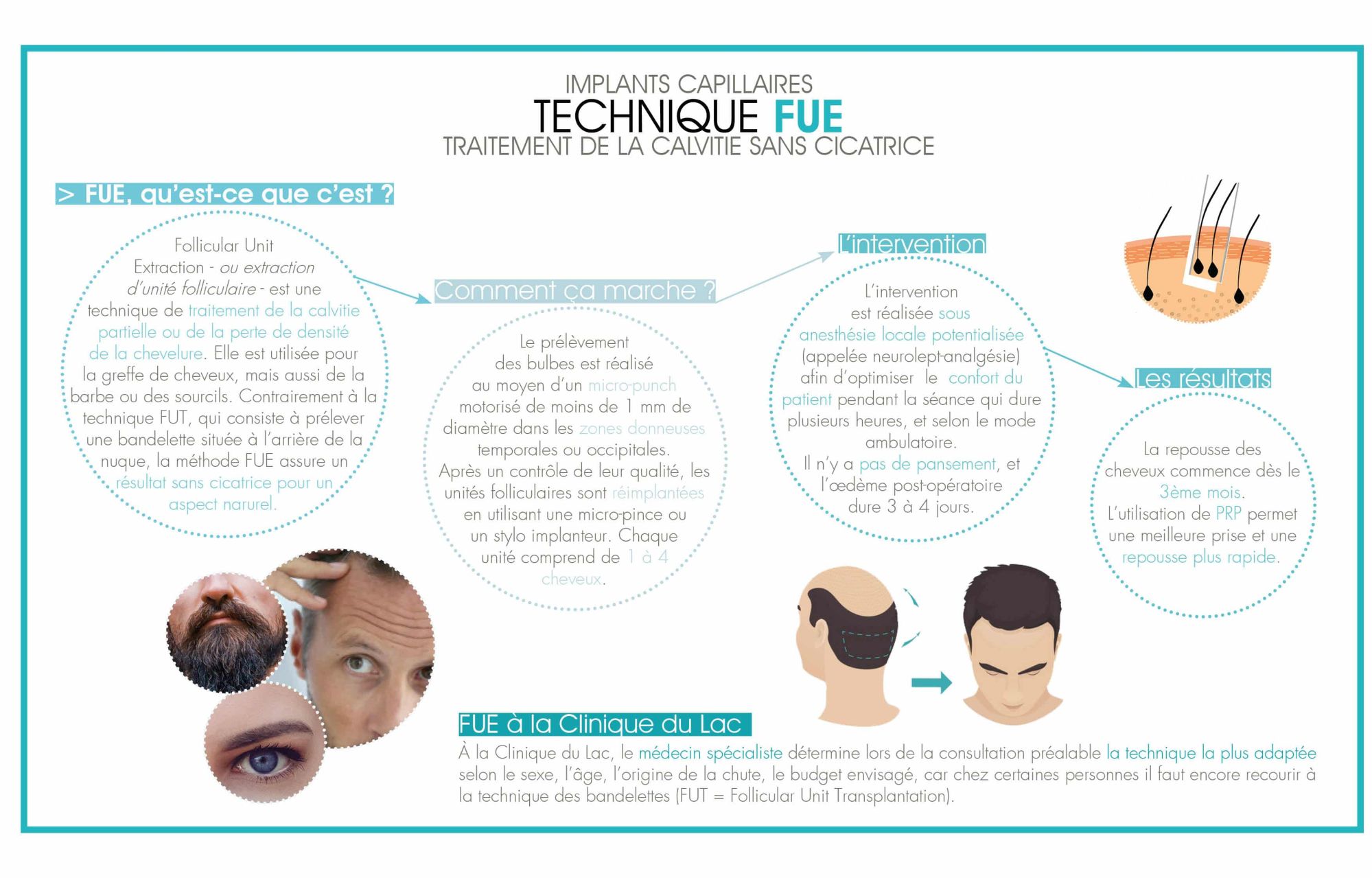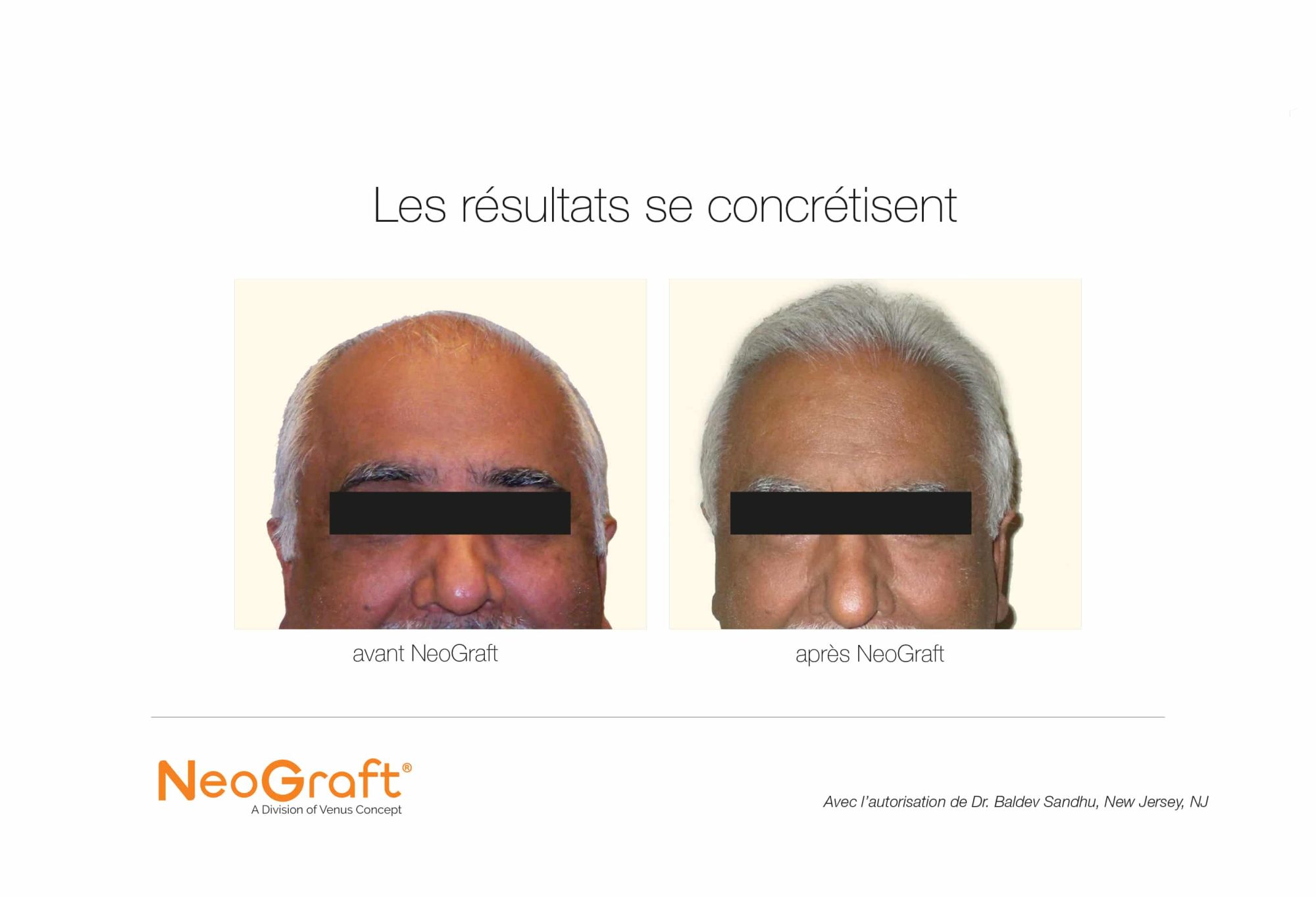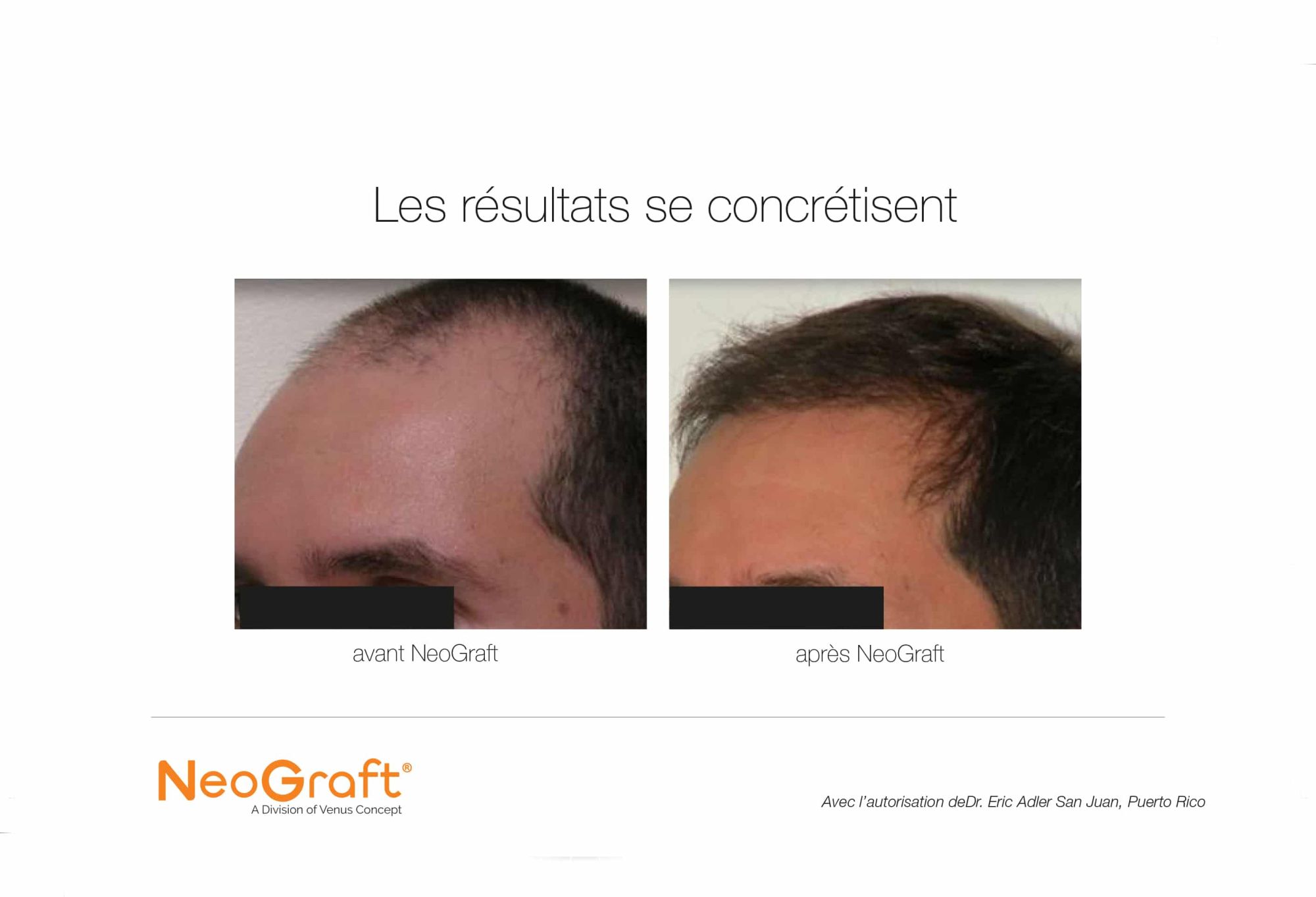Les différents types de calvities
L’ alopécie est un terme médical désignant le phénomène de chute de cheveux trop important débouchant sur des zones du crâne dégarnies. Ses formes et ses causes sont diverses mais la micro-greffe est indiquée principalement dans trois formes d’alopécie :
- Alopécie androgénogénétique, plus communément appelée « calvitie« . Elle se caractérise par la perte partielle et progressive des cheveux. Environ un tiers des hommes présentent une calvitie à l’âge de 30 ans, la moitié vers l’âge de 50 ans et environ 80 % à partir de 70 ans. Les femmes sont moins nombreuses à souffrir ce phénomène . À l’âge de 30 ans, elle touche de 2 % à 5 % des femmes, et près de 40 % à l’âge de 70 ans.
- Alopécie en plaque, également connue sous le nom de « pelade ». C’est une maladie auto-immune. Elle se reconnaît par la chute complète des cheveux ou des poils sur de petites superficies de peau.
- Alopécie cicatricielle : c’est une chute de cheveux causée par des lésions cicatricielles définitives (cicatrices, brûlures) du cuir chevelu. Ces lésions sont souvent également le résultat de maladies ou infections de la peau telles que les lupus, psoriasis, lichen plan, etc… qui détruisent les follicules pileux.
Deux autres formes de calvities peuvent bénéficier de greffes :
- Alopécie de traction, dite « du chignon ».
- Trichotillomanie ou tic consistant en un arrachage convulsif et répété des cheveux.

Les techniques de prélèvement pour la micro-greffe capillaire
Cette technique consiste à prélever des greffons folliculaires sous forme de bandelette. La bandelette est prélevée derrière la tête, au niveau de la couronne hippocratique , là où les cheveux ne tombent jamais.
Elle sera immédiatement découpée en micro-greffons. Une fois découpés, ces micro-greffons auront le même aspect que ceux prélevés par la FUE.
Ils pourront ensuite être greffés au niveau des zones dégarnies. La zone de prélèvement sera refermée avec du fil de suture et laissera place à une cicatrice linéaire visible sur les coupes de cheveux courtes.
La FUE est une technique qui consiste à prélever les greffons « un par un » au niveau de la couronne. Le prélèvement est soit manuel, soit semi automatisé à l’aide d’une machine. Chaque greffon sera ensuite greffé au niveau de la zone dégarnie. Cette technique prend une place de plus en plus importante dans la chirurgie esthétique de la calvitie.
Avec la FUE , pas de bistouri et donc pas de points de suture ni de cicatrice de prise de bandelette visible en arrière du crâne.
Les microcicatrices presque invisibles permettent de porter les cheveux couts.
Une anesthésie locale est suffisante.
Un greffon comporte de 1 à 5 follicules et en moyenne 500 greffons apportent 1000 cheveux.
En plusieurs cessions, on peut réimplanter jusqu’à 3000 greffons.
Après une cession, les greffons ont l’aspect de petits points blancs qui cicatrisent en 48 heures. Un shampoing est possible le lendemain. Les mini croûtes de la zone de prélèvement tombent en 15 jours.
Le temps de récupération est court, le saignement est minime, le rendu très naturel, et la FUE est indiquée chez l’homme comme chez la femme.
Les cheveux implantés tombent en 1 mois et ensuite la repousse définitive commence au 4° mois au rythme moyen de 2,5 cm en 2 mois. Le résultat est bien visible à 6 mois et définitif à 1 an.
Avantage du robot Neograft
Chaque greffon à prélever , sur le patient installé à plat ventre, est isolé au moyen d’un micro-punch tranchant rotatif de 0.8 à 1.2 mm de diamètre.
Dans la technique classique, le greffon est ensuite libéré et extrait au moyen d’une pince.
Sur le Neograft le punch est relié à un système pneumatique d’aspiration du greffon qui évite de le traumatiser par une extraction à la pince.
Au moment d’implanter ce greffon dans son logement de réception, une inversion du système pneumatique permet de pousser le greffon en douceur, là encore sans le traumatiser avec une pince. Le follicule et le bulbe restent intacts.
Le Neograft permet une repousse supérieure à 90%
Il permet de bien respecter l’angle d’extraction des greffons selon la direction de pousse des cheveux en zone donneuse.
Il permet au praticien de se concentrer plus sur l’aspect esthétique de l’intervention : densité de greffons et direction de pousse.
Compléments à la greffe
- PRP , Microneedling , LED.
- Dermopigmentation du cuir chevelu ou trichopigmentation : que ce soit chez l’homme ou la femme, ces microtatouages renforcent l’effet de densité réaliste et naturel en donnant l’illusion de cheveux qui poussent.





